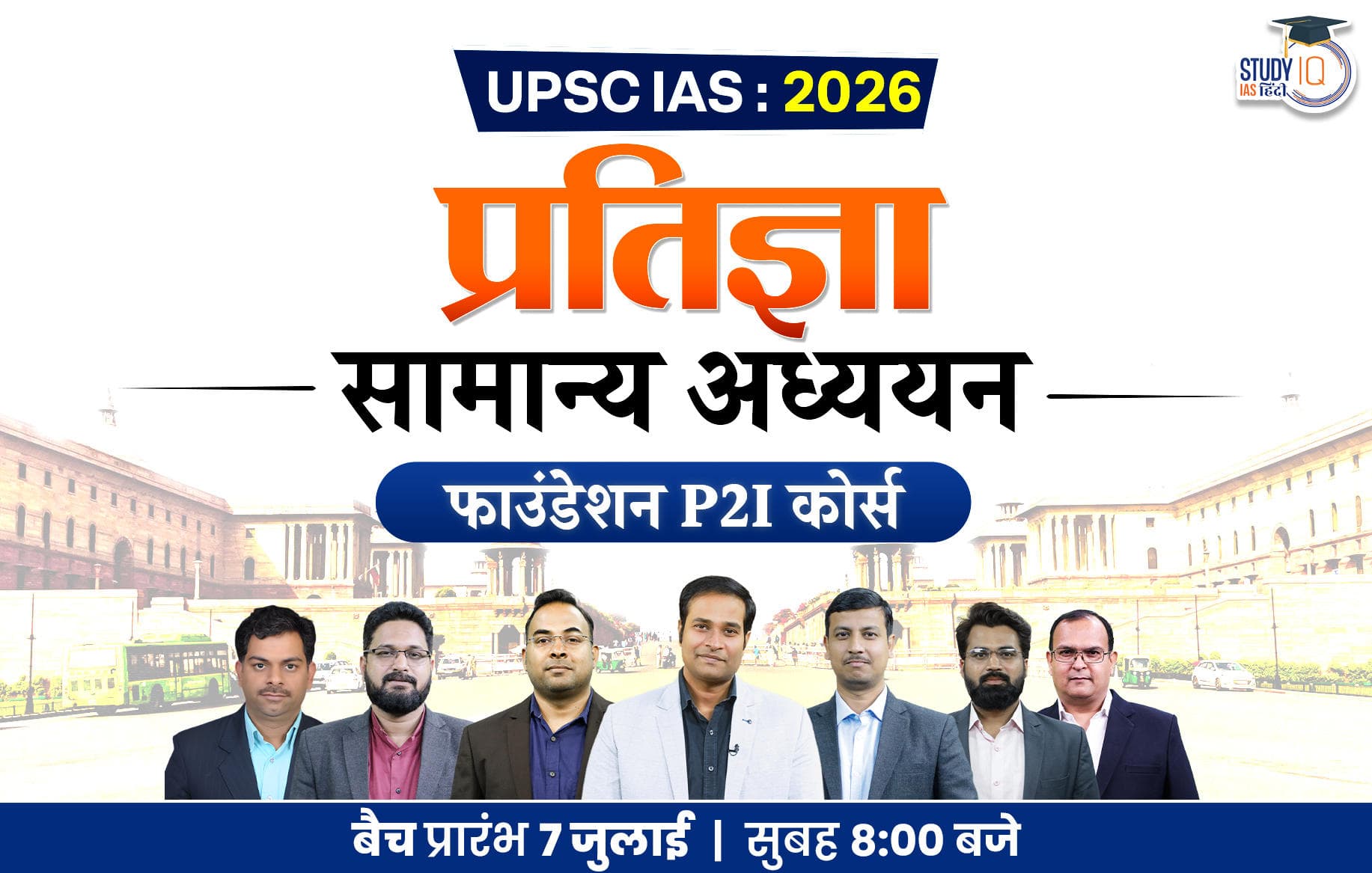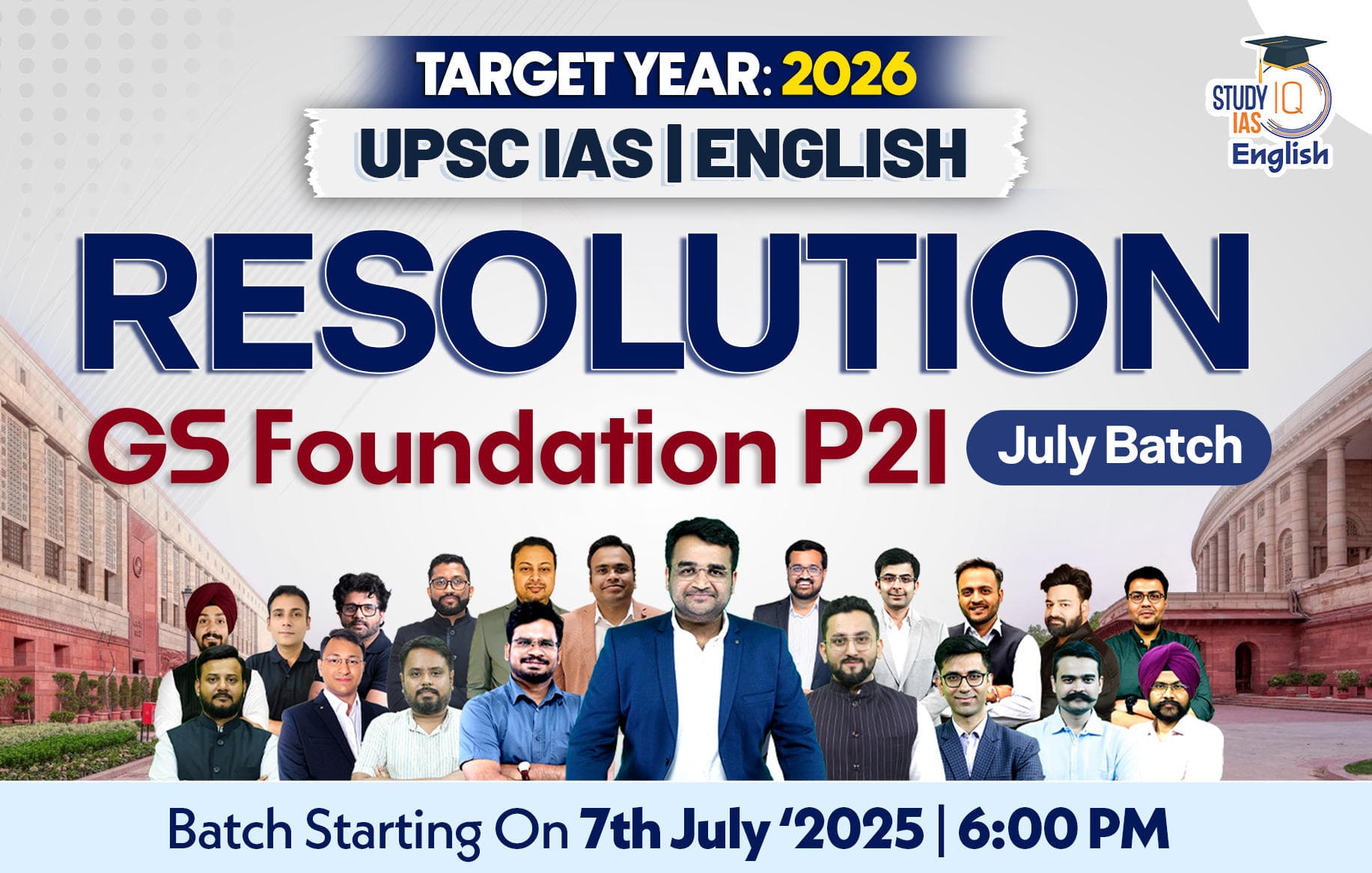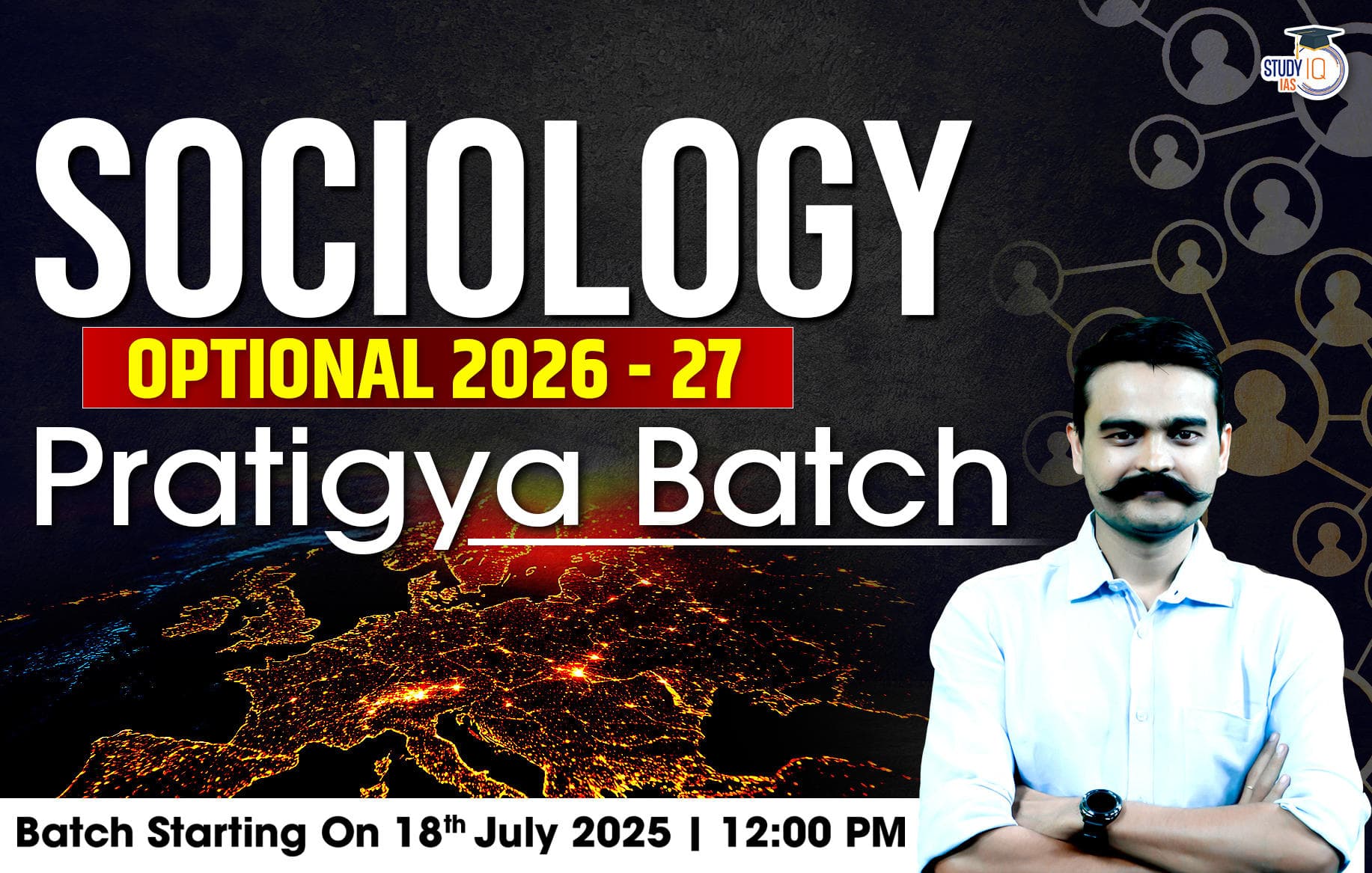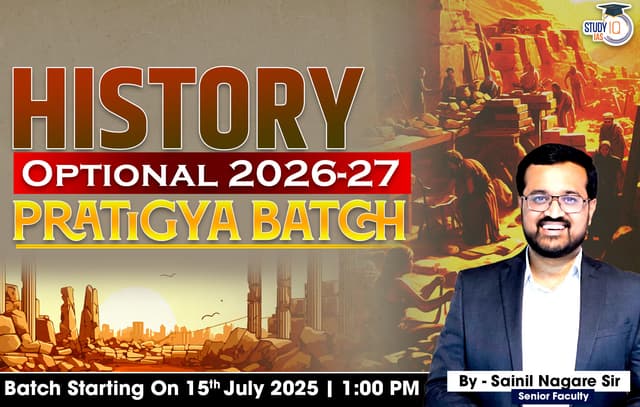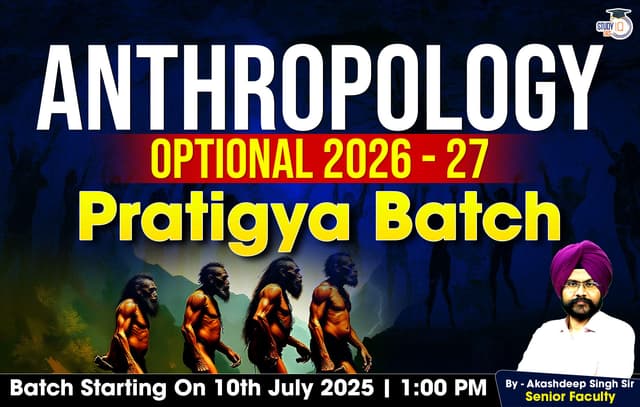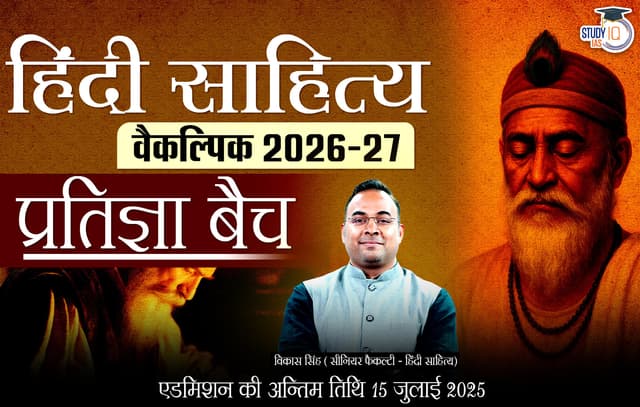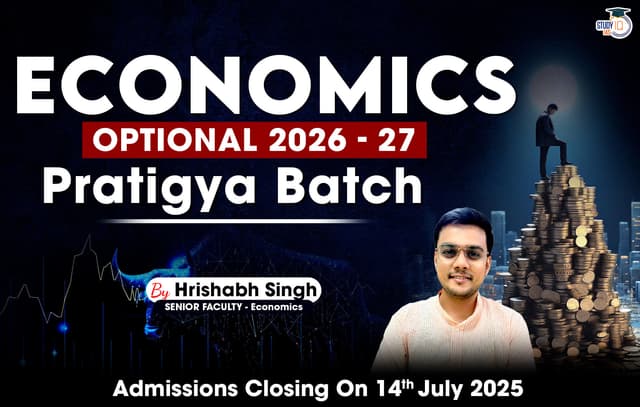Table of Contents
Context: India has expanded development partnerships with the Global South, primarily through Line of Credits (LoCs). However, debt crises and shrinking global aid now demand a shift towards balanced, innovative, and cooperative engagement models.
India And Global South
The term “Global South” refers to countries that are often described as ‘developing’, ‘less developed’, or ‘underdeveloped’. It encompasses countries in Africa, Asia, and Latin America, which are characterised by higher levels of poverty, income inequality, and harsh living conditions compared to the “Global North”.
- The “Global North” includes economically developed nations like the United States, Canada, Europe, Russia, Australia, and New Zealand. This classification is rooted in economic disparities, education and healthcare indicators, among other factors.
However, it’s important to note that this division is not solely based on economic wealth. In recent decades, countries like India and China have made significant economic strides, challenging the notion that the Global North is the sole epitome of development.
What Has India Been Doing?
- Rising Development Cooperation: India’s development cooperation with the Global South has expanded rapidly, with total outflows rising from $3 billion in 2010-11 to $7 billion in 2023-24.
- Key Modalities of Engagement:
- Lines of Credit (LoCs): The main instrument under the Indian Development and Economic Assistance Scheme (IDEAS), funding infrastructure, health, and education projects.
- Capacity Building: Flagship programmes like Indian Technical and Economic Cooperation (ITEC), e-ITEC, and Pan Africa e-Network to train officials and professionals.
- Technology Transfer: Sharing affordable technologies in health, agriculture, and digital public infrastructure (e.g., UPI, CoWIN platform).
- Market Access: Duty-free tariff preference schemes for Least Developed Countries (LDCs).
- Grants and Concessional Finance: Direct grants for social sector projects.
- Promoting South-South Solidarity: Advocacy for Global South issues at forums like G-20, BRICS, and the Voice of Global South Summit (VoGS).
- Proposal for a Global Development Compact (GDC) to balance modalities of engagement.
Significance of Global South
The Global South is significant because of its large population, rich cultures, and abundant natural resources. The economic prowess of the Global South has been increasing rapidly.
By 2030 it is projected that three of the four largest economies will be from the Global South, with the order being China, India, the U.S. and Indonesia. Already the GDP in terms of purchasing power of the Global South-dominated BRICS nations — Brazil, Russia, India, China and South Africa surpasses that of the Global North’s G-7 club. And there are now more billionaires in Beijing than in New York City. This economic shift has gone hand in hand with enhanced political visibility.
Countries in the Global South are increasingly asserting themselves on the global scene be it China’s brokering of Iran and Saudi Arabia’s peace deal or Brazil’s attempt to push a peace plan to end the war in Ukraine.
Challenges Faced by the Global South
Despite the progress made, the Global South confronts numerous challenges. Many Global North countries, responsible for higher global emissions, have been reluctant to fund green energy initiatives, leaving less-developed nations to bear the brunt of climate change consequences.
Unequal access to resources and the historical skew in favour of advanced economies in industrialization persist, hindering global convergence. Some major challenges faced by Global South are:
- Sovereign Debt Crisis in Partner Countries: Many recipient countries face debt distress, making repayment of LoCs uncertain.
- Eg., Zambia defaulted on its sovereign debt in 2020 and was unable to repay India’s Lines of Credit, leading to a debt restructuring agreement with India’s Exim Bank in 2024.
- Red Flags on Lines of Credit: The Ministry of Finance has cautioned against continued over-reliance on LoCs, especially amid global liquidity crises and repayment risks.
- Declining Global Development Finance: Shrinking Official Development Assistance (ODA) from traditional donors (from $214 billion in 2023 to a proposed $97 billion), compounded by geopolitical tensions and economic crises.
- Resource Constraints and ODA Politics: OECD-DAC (Organisation for Economic Co-operation and Development – Development Assistance Committee) dominance in development finance sets restrictive terms, often misaligned with Global South priorities.
- Eg., Aid from DAC members often comes with “tied aid” conditions—requiring recipient countries to procure goods and services only from the donor country or other specified countries.
|
Fact |
| The Development Assistance Committee is an international forum of 33 members (Australia, U.K., U.S., etc) largest providers of aid. |
- Rising Cost and Unpredictability of Borrowing: Global capital market volatility has made it harder and costlier for India to borrow and extend concessional finance.
- Implementation and Impact Issues: Sometimes, Indian assistance projects face criticism over slow execution or limited alignment with local needs.
Issues in South-South Cooperation
- Power Imbalances and Exploitation: Stronger countries in the Global South sometimes take advantage of weaker partners, undermining the principles of fairness and equitable collaboration. China, in particular, has been criticised for such practices.
- Environmental Concerns and Public Health: Certain international oil companies have been accused of disregarding environmental impacts and public health concerns while extracting natural resources. Addressing these issues is crucial for sustainable cooperation.
- Misuse of Financial Assistance: Some countries exploit the principle of lack of conditionality by diverting financial assistance intended for socially impactful projects to other purposes. This undermines trust and hampers genuine development efforts. Balancing economic cooperation and addressing internal conflicts is crucial.
- Lacks institutional and Financial Capacity: Global South is not a coherent group and does not have a single shared agenda and collective institutions created to voice concerns of Global South such as the Non-Aligned Movement. Further, there is also a lack of financial capacity among countries of the Global South.
Initiatives for South-South Cooperation
To address the unique challenges faced by Global South countries, various initiatives have been established. The BRICS Countries (Brazil, Russia, India, China, and South Africa) and IBSA (India, Brazil, South Africa) forums promote cooperation among these nations on multiple fronts, including economic development and global governance.
| IBSA (India, Brazil, South Africa) Forum |
It is a Trilateral Dialogue Forum of India, Brazil and South Africa which was created in the year 2003. The grouping was formalised under the name of the IBSA Dialogue Forum under the Brasilia Declaration. Its objective is to promote ever closer coordination on global issues between the three large multicultural and multiracial democracies of Asia, South America and Africa, and contribute to enhancing trilateral India-Brazil-South Africa cooperation in sectoral areas.
|
India as a Leader of the Global South
In a rapidly changing global landscape, India has assumed a pivotal role as the leader of the Global South, championing the interests and concerns of countries that have historically been underrepresented in international forums. As India takes on the G20 Presidency, it underscores its commitment to being the “voice of the Global South,” a term that encapsulates nations in Asia, Africa, and South America.
India has played a pivotal role in advocating for the TRIPS waiver, which aims to temporarily ease intellectual property rights on COVID-19 vaccines and treatments, enabling wider production to combat the pandemic.
The Vaccine Maitri campaign exemplifies India’s commitment to its neighbours, aligning with its ‘Neighbourhood First’ Policy.
India’s emergence as the leader of the Global South demands active engagement with regional politics within developing nations. Recognizing the diversity within the Global South in terms of wealth, power, needs, and capabilities, India must tailor its policies to different regions and groups.
India’s aspiration to bridge the North-South divide by focusing on practical outcomes rather than ideological battles aligns with the changing global dynamics. Effectively translating this ambition into policy could ensure no contradiction between pursuing universal and particular goals.
India’s Approach to Global South
The five pillars of India’s approach, include respect, dialogue, cooperation, peace, and prosperity
- India’s rich history as the leader of the Non-Aligned Movement and its economic and geopolitical clout in global politics are propelling New Delhi to play a greater role in global geopolitics.
- India provides a voice to the Global South Movement. Whether on the question of climate change, energy transition, taking a stand on normative issues or protecting the Global South’s interest.
- India played a proactive role in international forums over the years. By giving voice to the Global South countries, India helped in bringing out an alternative narrative to global geopolitics.
- At various climate Summits, India resisted the onslaught from the Global North and protected the interest of the Global South be it on the question of climate financing, limiting the emission norms, or highlighting the Global North’s responsibility as the historical polluter.
- India’s approach to democratising international relations and reforming the United Nations has been consistent with the demand of the Global South over the years. India has provided the necessary leadership to the Global South and a new narrative to global geopolitics.
| Voice of Global South Summit (VOGSS) |
| India recently concluded its second Voice of Global South Summit, which was held virtually. This summit follows the inaugural summit in January 2023, signalling India’s commitment to fostering solidarity among nations and consolidating its leadership in the Global South. Its theme was Global South: Together for One Future.
Key Highlights of the Summit
India has already announced a series of initiatives to strengthen India’s engagement with the Global South in First VOGSS.
|
What India Needs to Do
- Rebalance Modalities of Engagement: Move away from a LoC-dominated approach to a balanced mix: expand grants, technical cooperation, market access, and technology transfer.
- Promote Triangular Cooperation (TrC): Pool resources and expertise with like-minded countries (e.g., Germany, Japan, Brazil) for development in third countries, especially in Africa and Latin America.
- g., India and Germany signed a Joint Declaration in 2022 to implement TrC projects in Africa and Latin America (Cameroon, Ghana, Malawi, and Peru).
- Strengthen Capacity Building and Technology Sharing: Scale up programmes like ITEC, digital public infrastructure exports, and knowledge exchanges tailored to partner needs.
- Leverage Partnerships for Scale and Impact: Engage with global institutions (G-20, World Bank, African Union) and the private sector for co-financing and greater impact.
- Ensure Debt Sustainability: Design financing models that prioritise debt sustainability and support for countries in distress.
- Champion the Voice of the Global South: Continue to highlight Global South concerns in global forums, and drive collective bargaining for fairer development finance and technology flows.
India’s role as the leader of the Global South carries immense significance in the evolving global order. India has the opportunity to shape a more equitable and inclusive world. However, it must navigate the challenges posed by climate change, geopolitical conflicts, and unequal resource access to fulfil its vision of a stronger, more united Global South.

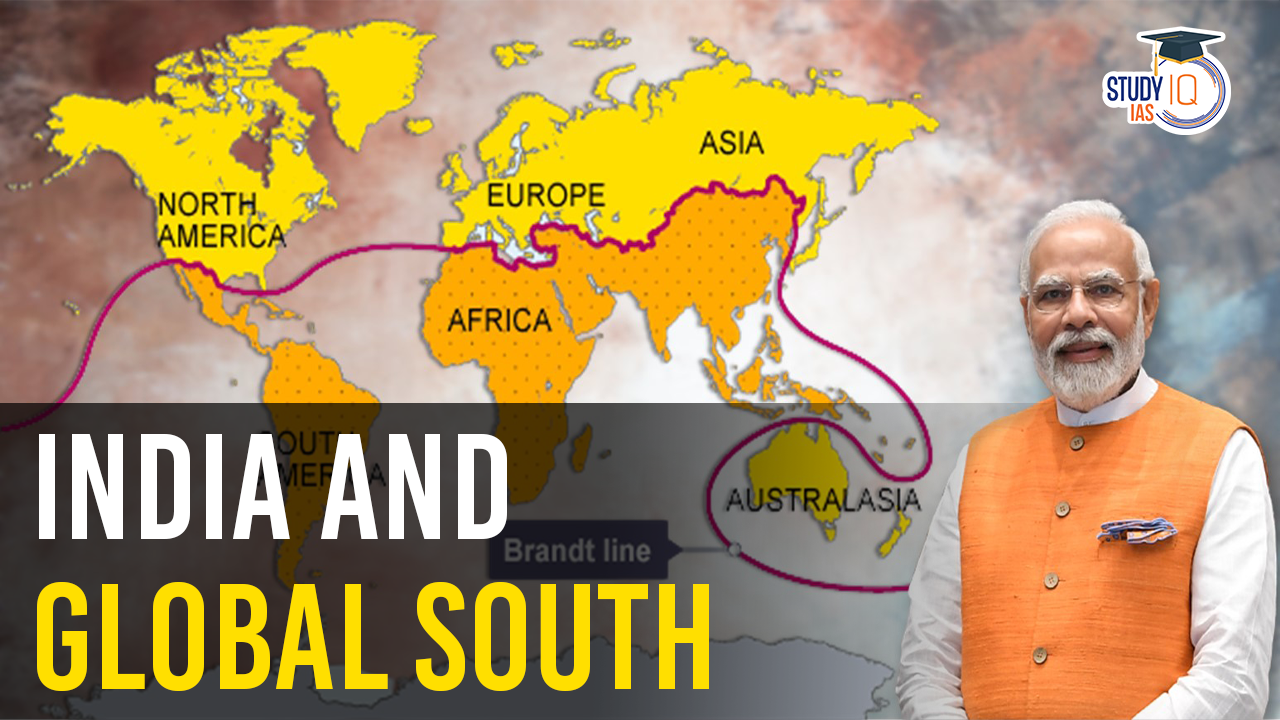
 Trump's Big Beautiful Bill Passed, Key P...
Trump's Big Beautiful Bill Passed, Key P...
 China, Pakistan and Bangladesh Trilatera...
China, Pakistan and Bangladesh Trilatera...
 America’s Plan to Manage AI Proliferat...
America’s Plan to Manage AI Proliferat...


